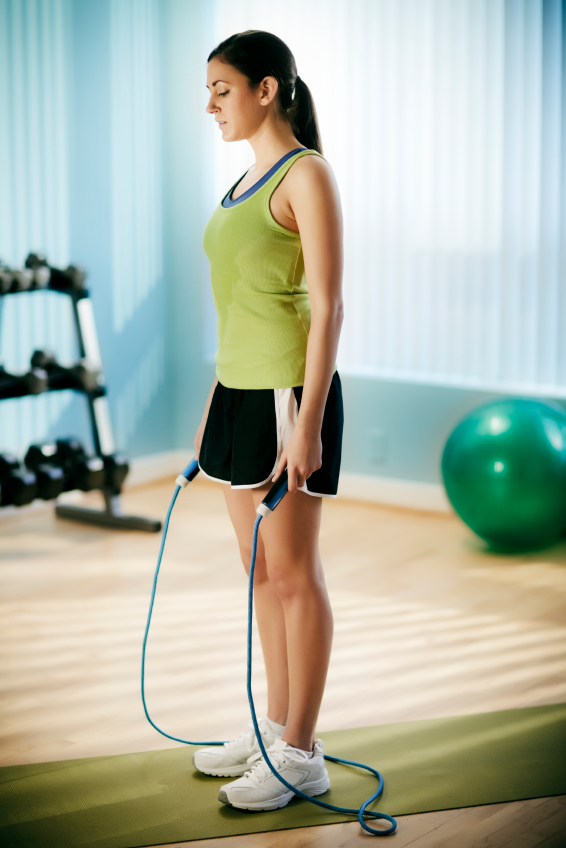
Changing lifestyle, increasingly odd-working hours and limited outdoor activities are leaving a bad impact on human health as 84 per cent of the country’s population was found vitamin D deficient, a recent study said here on Monday.
“In the face of present-day lifestyles, dominated by ungodly working hours and limited outdoor activities, inherent vitamin D deficiency is increasingly becoming an eyesore among a large number of people. (There is) Vitamin D deficiency risk to 84 per cent of Indians,” SRL Diagnostics said in its report.
The human body’s ideal dose of vitamin D ranges between 1,000 and 2,000 IU (International Units) per day.
“Vitamin D deficiency was found to be prevalent in around 69 per cent of the population, while 15 per cent more were found to be vitamin D insufficient, thus making around 84 per cent of Indians risk-prone to this, the study said.
The report pointed out that skin exposure to the sun is natural, intended, and most effective source of vitamin D, yet the most neglected. Tests that estimate the level of vitamin D have become increasingly common, pan-Indian.
Testing for vitamin D deficiency has been known to protect a majority of the Indian population from joint pains, muscle weakness, cardiovascular disorders and other more serious problems that could be permanently detrimental to one’s health.
While research on the impact of vitamin D on ailments is ongoing, doctors believe it is clearly associated with diabetes, high blood pressure, bone weakness, nerve-related disorders and obesity.
Doctors also point out that vitamin D directly benefits patients with diabetes and cardiovascular ailments. A sizable body of evidence proves the link between vitamin D and people with diabetes and heart ailments.
After pregnancy, women are at a higher risk of developing osteoporosis due to high demands of calcium and vitamin D, it added.
There are diagnostic tests to determine vitamin D levels in the body. It is extremely essential to keep a check on the levels of deficiency in the body as it helps retain calcium,” SRL Diagnostics President-Research & Innovation, Dr B R Das said.
“Sufficient vitamin D levels assist the body in reducing bad cholesterol and increasing good cholesterol, besides helping in the essential repair and maintenance activities in the body. It is directly linked to knee pains and osteoporosis,” Das said.
The study reveals that the differences between deficiency and insufficiency are conspicuous. Vitamin D deficiency manifests itself as a bone disease, which is mostly either rickets or osteomalacia. Whereas insufficiency may be associated with milder disease outcomes, including muscle weakness and fatigue.
Another outcome of this study draws attention to males between the ages of 30 and 60, while adolescent girls and women of child-bearing age (those belonging to the 16-30 age group) are more likely to develop vitamin D deficiency, as they require vitamin D in the form of extra supplements for growth, it said.
Source: Deccan chronicle









